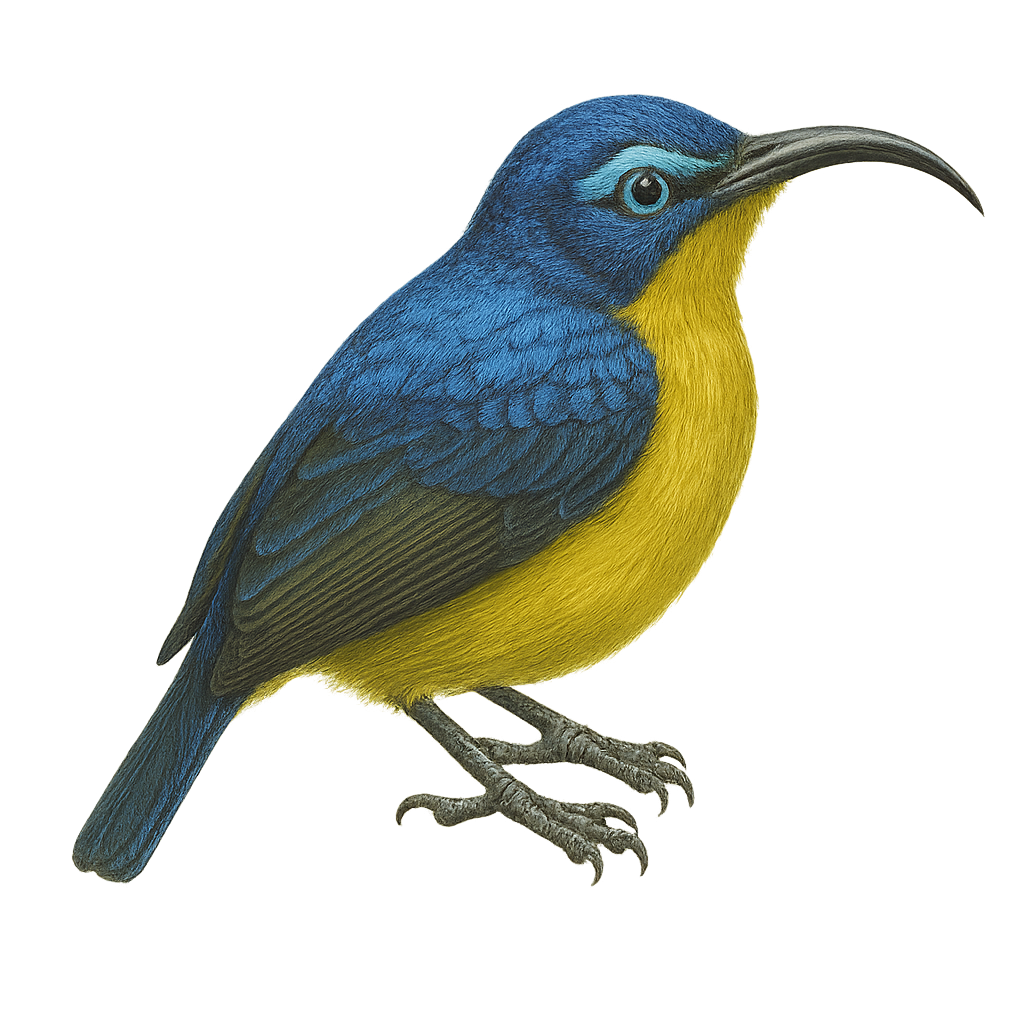Your wildlife photography guide.
Explore the common sunbird-asity in detail, study its behavior, prepare your shots.
Where to observe and photograph the common sunbird-asity in the wild
Learn where and when to spot the common sunbird-asity in the wild, how to identify the species based on distinctive features, and what natural environments it inhabits. The WildlifePhotographer app offers tailored photography tips that reflect the common sunbird-asity’s behavior, helping you capture better wildlife images. Explore the full species profile for key information including description, habitat, active periods, and approach techniques.
Common Sunbird-Asity
Scientific name: Neodrepanis coruscans

IUCN Status: Least Concern
Family: VANGIDAE
Group: Birds
Sensitivity to human approach: Suspicious
Minimum approach distance: 5 m
Courtship display: October to November
Incubation: 13-15 jours
Hatchings: October to December
Habitat:
Humid tropical forests, montane forests
Activity period :
Primarily active during the day, with peak activity in the morning and late afternoon.
Identification and description:
The Common Sunbird-Asity, or Neodrepanis coruscans, is a small bird endemic to Madagascar, known for its vibrant plumage and fascinating behaviors. It primarily inhabits the island's humid tropical forests, where it feeds mainly on nectar, but also on insects and spiders. This small bird features bright yellow plumage with metallic sheens, making it easily identifiable. Males, in particular, display more vivid colors during the breeding season to attract females. Though discreet, the Common Sunbird-Asity plays a crucial role in pollinating local plants. Its population is stable, but deforestation poses a potential threat to its natural habitat.
Recommended lens:
400 mm – adjust based on distance, desired framing (portrait or habitat), and approach conditions.
Photography tips:
To photograph the Common Sunbird-Asity, focus on Madagascar's humid tropical forests, where this bird is most active. Use a 400mm or longer telephoto lens to capture detailed images without disturbing the bird. Be patient and discreet, as the Common Sunbird-Asity is suspicious. Observe its feeding habits around flowers to anticipate its movements. The natural light of the morning or afternoon is ideal for highlighting the metallic sheens of its plumage.
The WildlifePhotographer App is coming soon!
Be the first to explore the best nature spots, track rutting seasons, log your observations, and observe more wildlife.
Already 1 439 wildlife lovers subscribed worldwide

